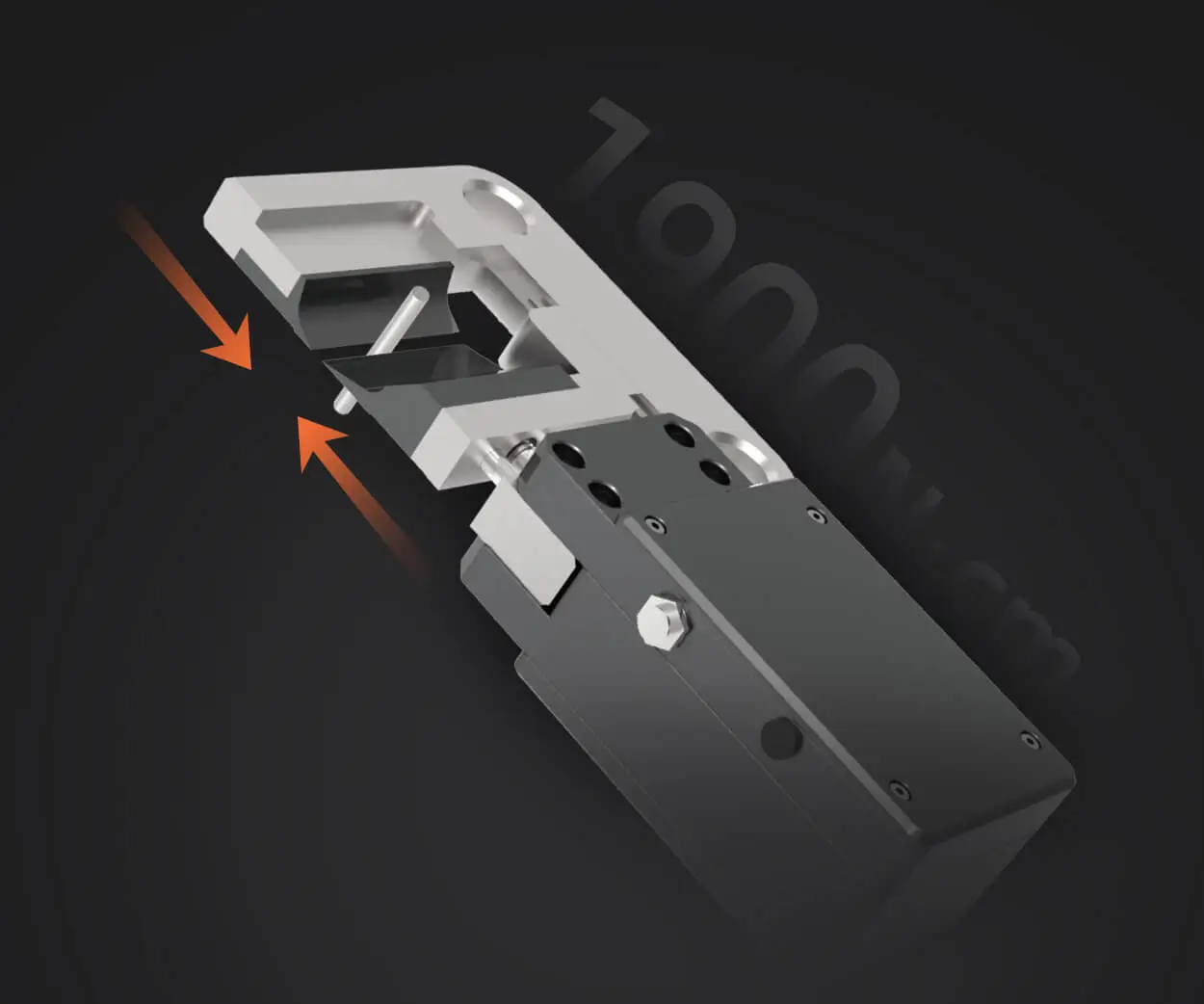Sure! Here’s a lively, conversational-style SEO article about microservices versus REST API—with a touch of casual insight and non-linear flow, adding some real-world flavor.

Ever wonder why some apps just seem to fly smoothly, handle a ton of users, and evolve without breaking? The secret sauce often boils down to how they’re built—microservices or REST API. Let’s cut through the buzz and get into what really makes these tech terms different, without sounding like a textbook.
Imagine you’re at a big food festival. Each food stall sells its own specialty—pizza, sushi, burgers. Now, picture a food truck that combines everything into one giant menu—kind of like a monolithic app. That’s similar to a REST API. It simplifies, but sometimes it gets heavy, especially when the menu gets massive and complicated. Every order calls the same kitchen, making it tricky to change one dish without messing up the whole operation.
Now, microservices? That’s like having separate stalls for pizza, sushi, and burgers—each running independently, yet under the same festival umbrella. If you want to tweak the sushi recipe, you don’t need to bother the pizza guy. It keeps things lightweight, flexible, and scalable. Changes happen fast; you can add new stalls without risking the entire festival.
Here’s where it gets interesting. REST API isn’t necessarily an alternative to microservices but often part of the microservices household. REST (Representational State Transfer) is like the set of rules for how these stalls talk to each other. It’s using HTTP to send requests—like ordering a burger or sushi. REST is popular because it’s straightforward, stateless, and works well with the web world.
But what happens when your app starts needing more agility? Say, it’s a social media platform with endless features—messaging, notifications, video uploads. You don’t want one giant codebase? Microservices come to the rescue. Each feature becomes its own mini-application, communicating through APIs, often REST, but sometimes other protocols. The key is independence. Do things get complicated? Sure, managing all these moving parts takes effort. But the payoff’s in speed and flexibility.
Why should someone pick microservices over traditional REST? Think about scaling. Imagine your photo-sharing app gets millions of daily users craving filters and stories. Microservices let you scale just the “filters” service without touching the camera upload parts. That’s pure agility.
And here’s a quickie question that often pops up: Is REST dead if I go microservices? Nope. REST remains a staple. It’s the communication backbone. When it’s not enough—maybe you need real-time updates or more complex interactions—you might throw in other methods like WebSockets or gRPC. But REST still breathes through the whole microservices ecosystem.
Let’s not forget development speed. Microservices mean teams can work on different pieces simultaneously—no bottleneck, no waiting for one huge release. Imagine trying to update one feature in a monolith—you’re risking breaking other parts. With microservices, it’s like swapping out a single Lego piece without destabilizing the entire structure.
So, if you’re eyeing the future of scalable, flexible, and resilient apps, understanding how microservices and REST API interplay is gold. They’re not enemies; they’re a dynamic duo—each doing its part to keep digital services working seamlessly behind the scenes. Think about that next time you scroll through your favorite app—there’s a good chance it’s leveraging these concepts in a way that makes your experience smooth and snappy.
There you go! A casual yet insightful look into microservices and REST API—packed with examples and non-linear flow, perfect for engaging readers and boosting SEO.
Established in 2005, Kpower has been dedicated to a professional compact motion unit manufacturer, headquartered in Dongguan, Guangdong Province, China. Leveraging innovations in modular drive technology, Kpower integrates high-performance motors, precision reducers, and multi-protocol control systems to provide efficient and customized smart drive system solutions. Kpower has delivered professional drive system solutions to over 500 enterprise clients globally with products covering various fields such as Smart Home Systems, Automatic Electronics, Robotics, Precision Agriculture, Drones, and Industrial Automation.




































